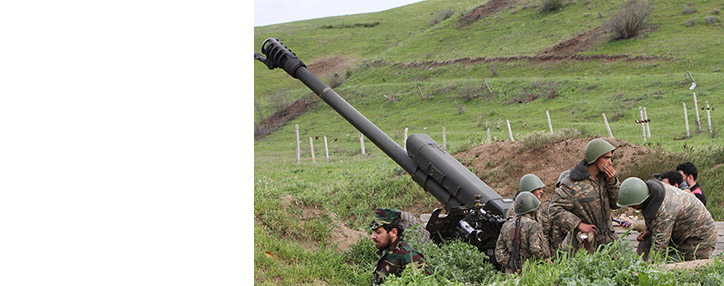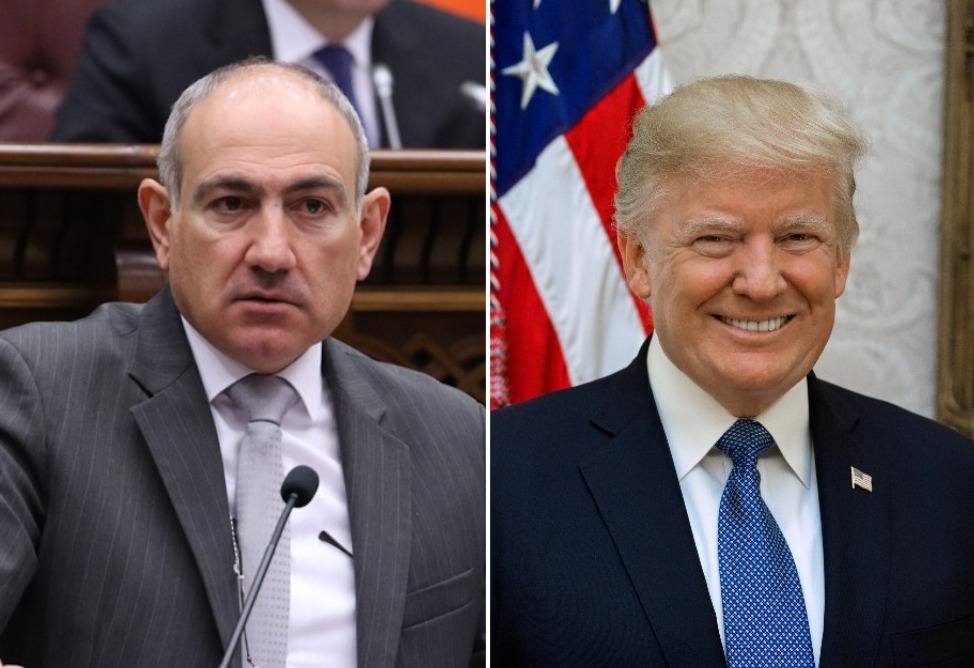Artsakh defense ministry denies Azerbaijani media reports about Armenian troops’ shelling
12.06.2019,
15:26
The defense ministry of Artsakh made a statement on Wednesday denying Azerbaijani media’s reports that Armenian troops have fired not only from small arms, but also from 60-mm mortars (eight shells) in a clear breach of the ceasefire agreement.

YEREVAN, June 12. /ARKA/. The defense ministry of Artsakh made a statement on Wednesday denying Azerbaijani media’s reports that Armenian troops have fired not only from small arms, but also from 60-mm mortars (eight shells) in a clear breach of the ceasefire agreement.
The defense ministry not only denies this allegation, but it also reports that the Azerbaijani side has used sniper riffles and grenade launchers (five grenades) Tuesday night on the line of contact between Armenian and Azerbaijani armed forces and that there is video evidence confirming the statement.
Besides, the number of military aviation’s training flights is seen along the entire extent of the contact line with frequent breaches of the set flight zone.
The Adtsakh defense ministry says flights of the Azerbaijani side are under the Armenian air defense’s strict control and the Armenian side keeps grip on the situation.
The Artsakh defense ministry is calling on the Azerbaijani side to refrain from their provocative actions, aimed at escalating tension, and to respect the ceasefire agreement reached under the OSCE Minsk Group co-chairs’ mediation.
In the event of escalation of tension with appropriate consequences, the official Baku will be responsible for that.
Karabakh conflict broke out in 1988 when Karabakh, mainly populated by Armenians, declared its independence from Azerbaijan.
On December 10, 1991, a few days after the collapse of the Soviet Union, a referendum took place in Nagorno-Karabakh, and the majority of the population (99.89%) voted for secession from Azerbaijan.
Afterwards, large-scale military operations began. As a result, Azerbaijan lost control over Nagorno-Karabakh and the seven regions adjacent to it. Some 30,000 people were killed in this war and about one million people fled their homes.
On May 12, 1994, the Bishkek cease-fire agreement put an end to the military operations.
Тalks brokered by OSCE Minsk Group are being held over peaceful settlement of the conflict. The group is co-chaired by USA, Russia and France. -0--
The defense ministry not only denies this allegation, but it also reports that the Azerbaijani side has used sniper riffles and grenade launchers (five grenades) Tuesday night on the line of contact between Armenian and Azerbaijani armed forces and that there is video evidence confirming the statement.
Besides, the number of military aviation’s training flights is seen along the entire extent of the contact line with frequent breaches of the set flight zone.
The Adtsakh defense ministry says flights of the Azerbaijani side are under the Armenian air defense’s strict control and the Armenian side keeps grip on the situation.
The Artsakh defense ministry is calling on the Azerbaijani side to refrain from their provocative actions, aimed at escalating tension, and to respect the ceasefire agreement reached under the OSCE Minsk Group co-chairs’ mediation.
In the event of escalation of tension with appropriate consequences, the official Baku will be responsible for that.
Karabakh conflict broke out in 1988 when Karabakh, mainly populated by Armenians, declared its independence from Azerbaijan.
On December 10, 1991, a few days after the collapse of the Soviet Union, a referendum took place in Nagorno-Karabakh, and the majority of the population (99.89%) voted for secession from Azerbaijan.
Afterwards, large-scale military operations began. As a result, Azerbaijan lost control over Nagorno-Karabakh and the seven regions adjacent to it. Some 30,000 people were killed in this war and about one million people fled their homes.
On May 12, 1994, the Bishkek cease-fire agreement put an end to the military operations.
Тalks brokered by OSCE Minsk Group are being held over peaceful settlement of the conflict. The group is co-chaired by USA, Russia and France. -0--



